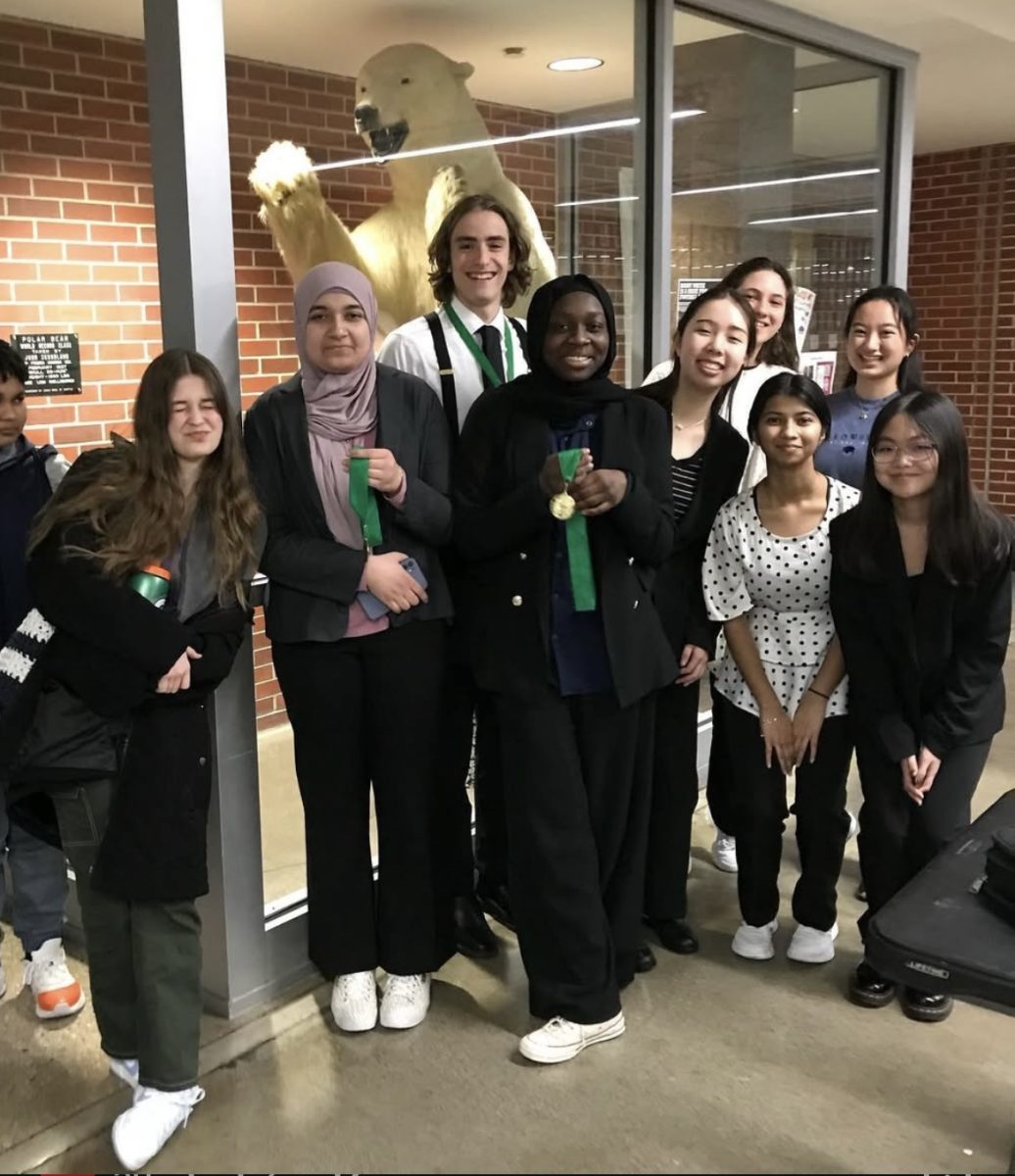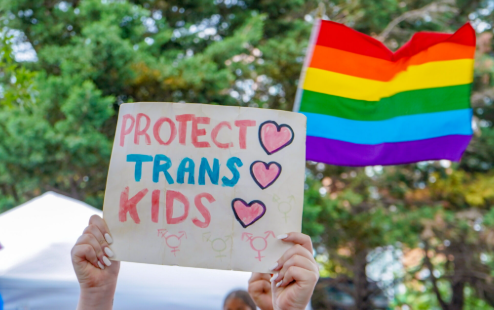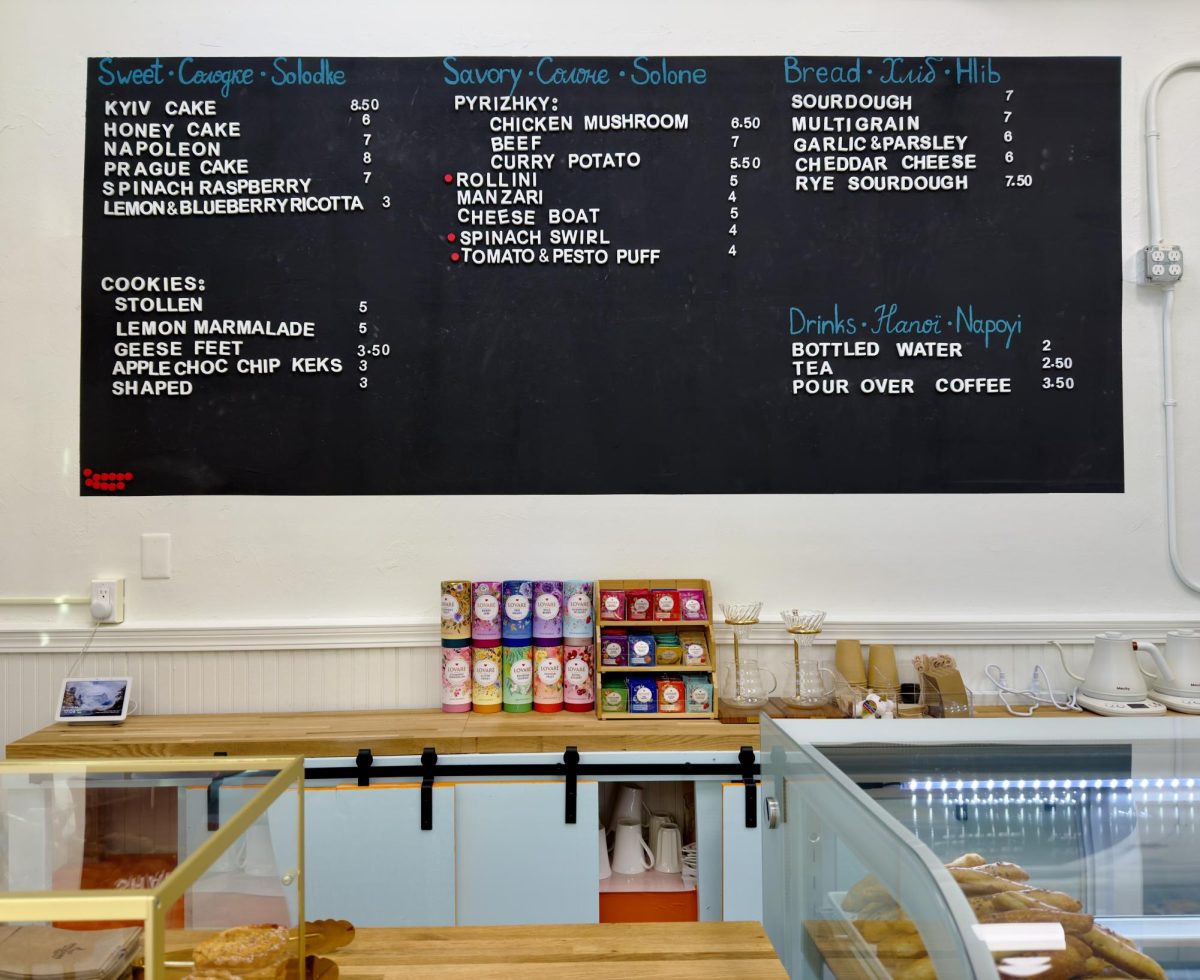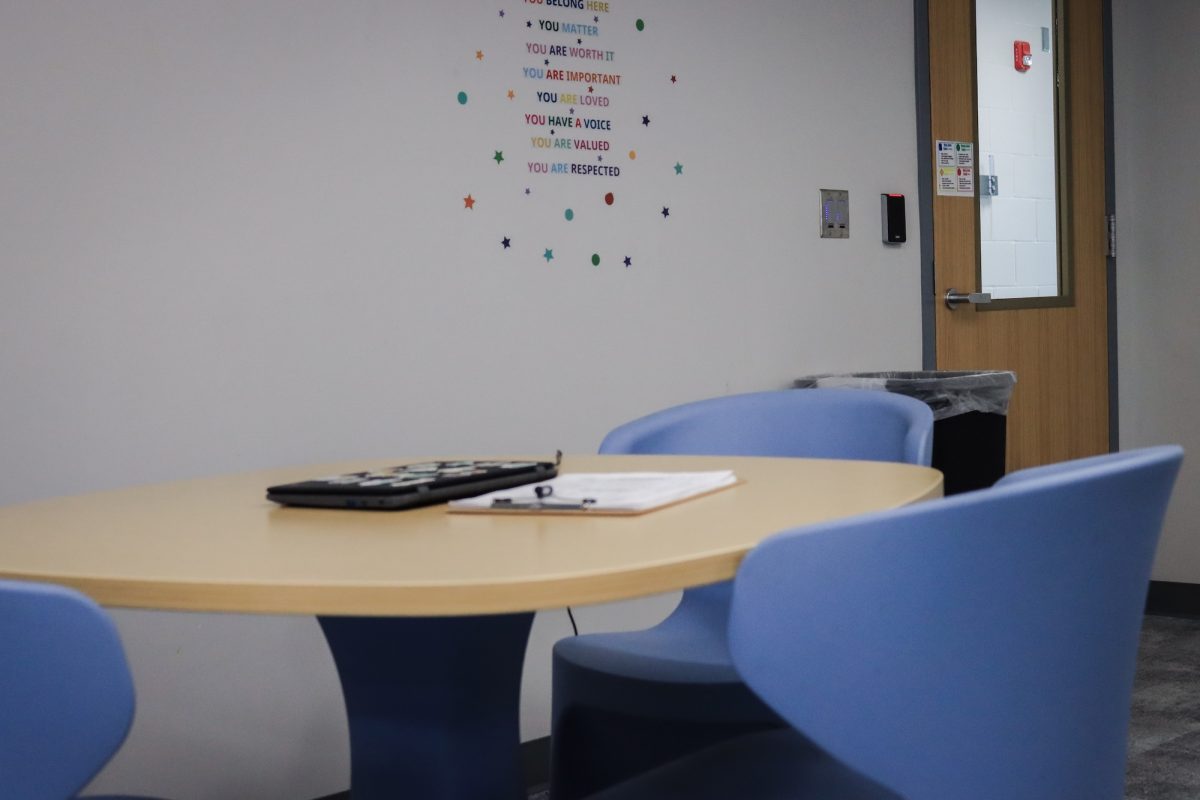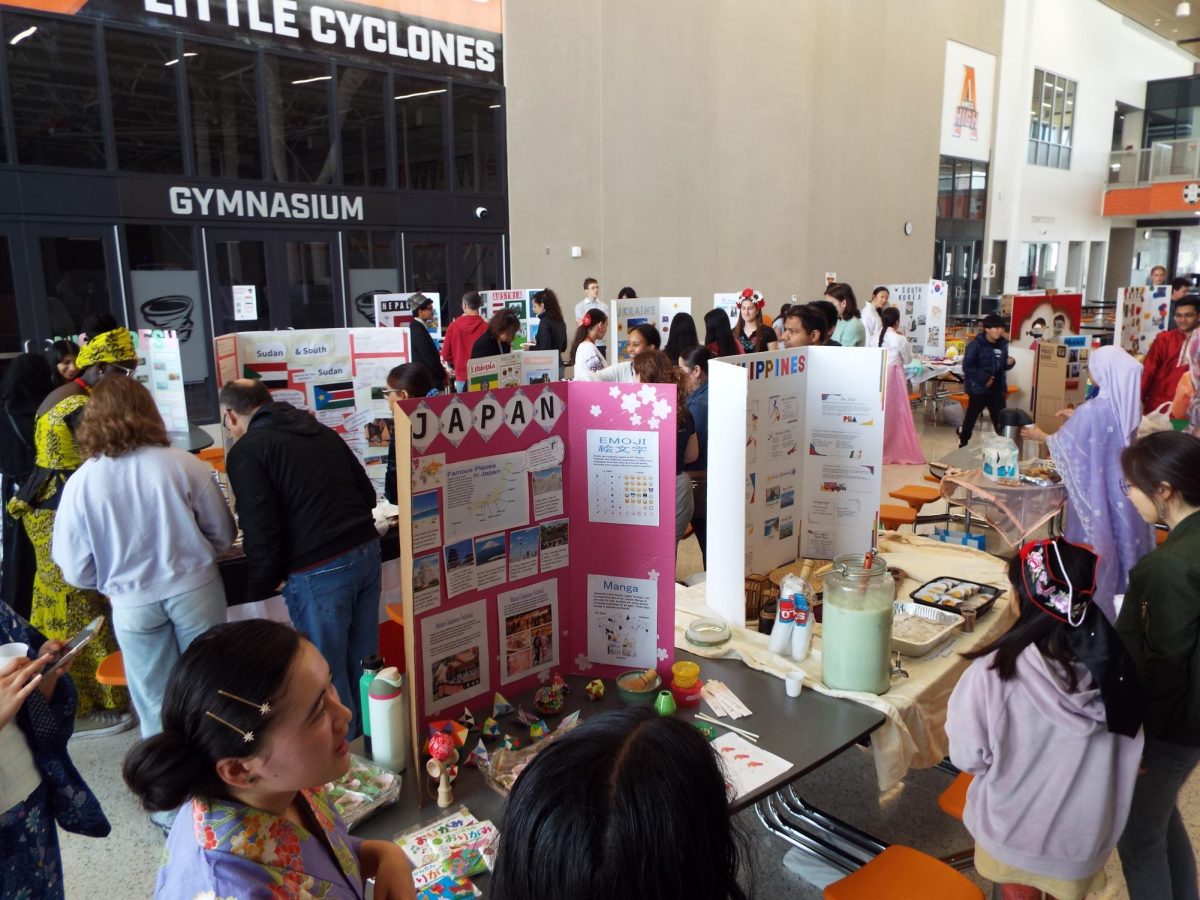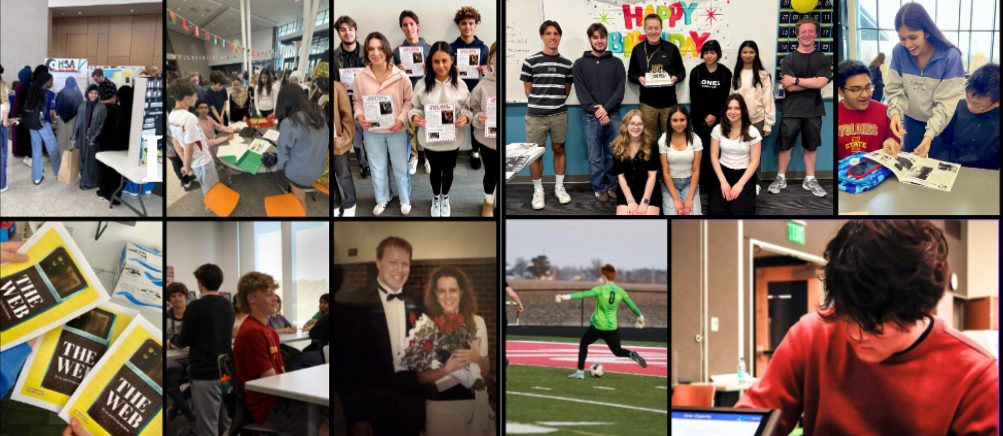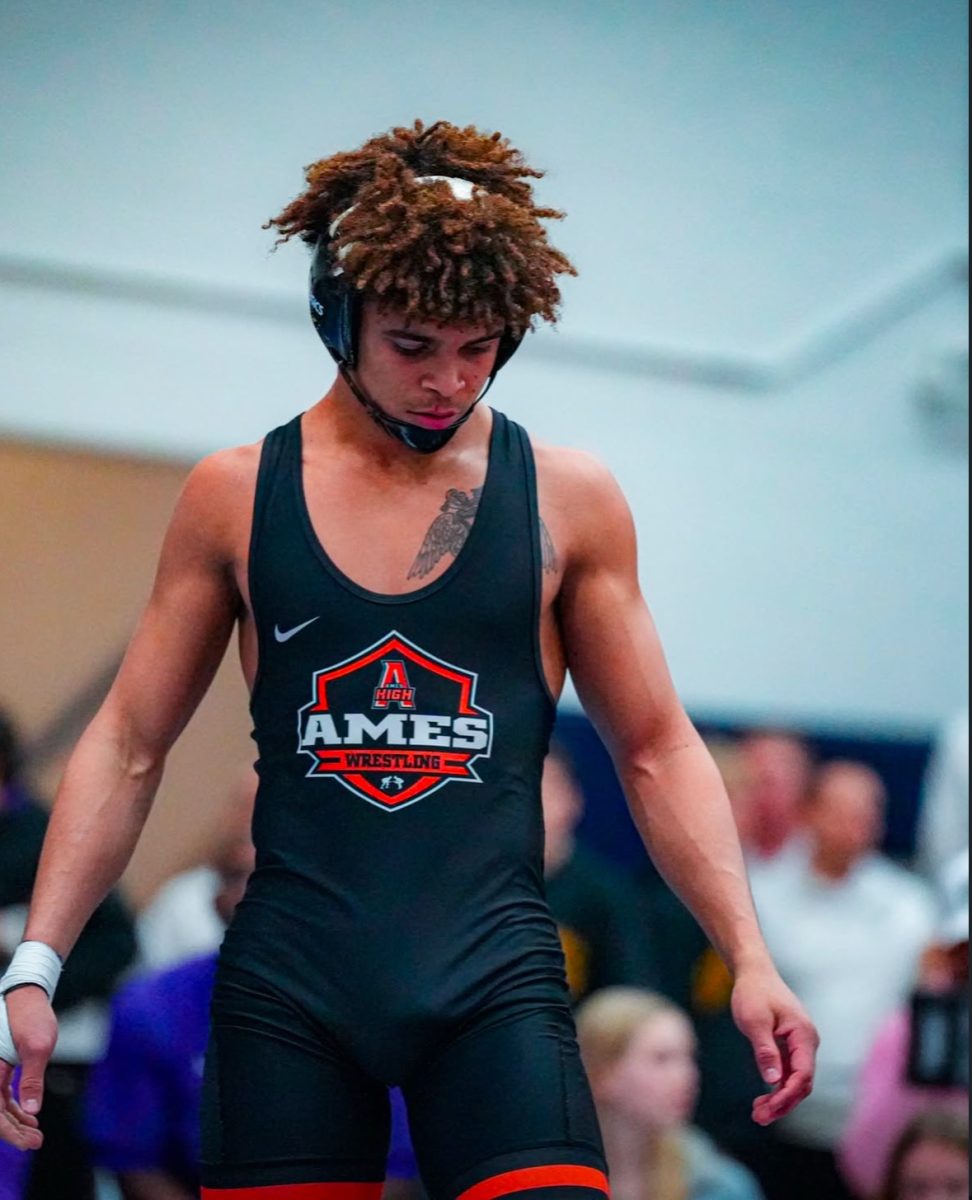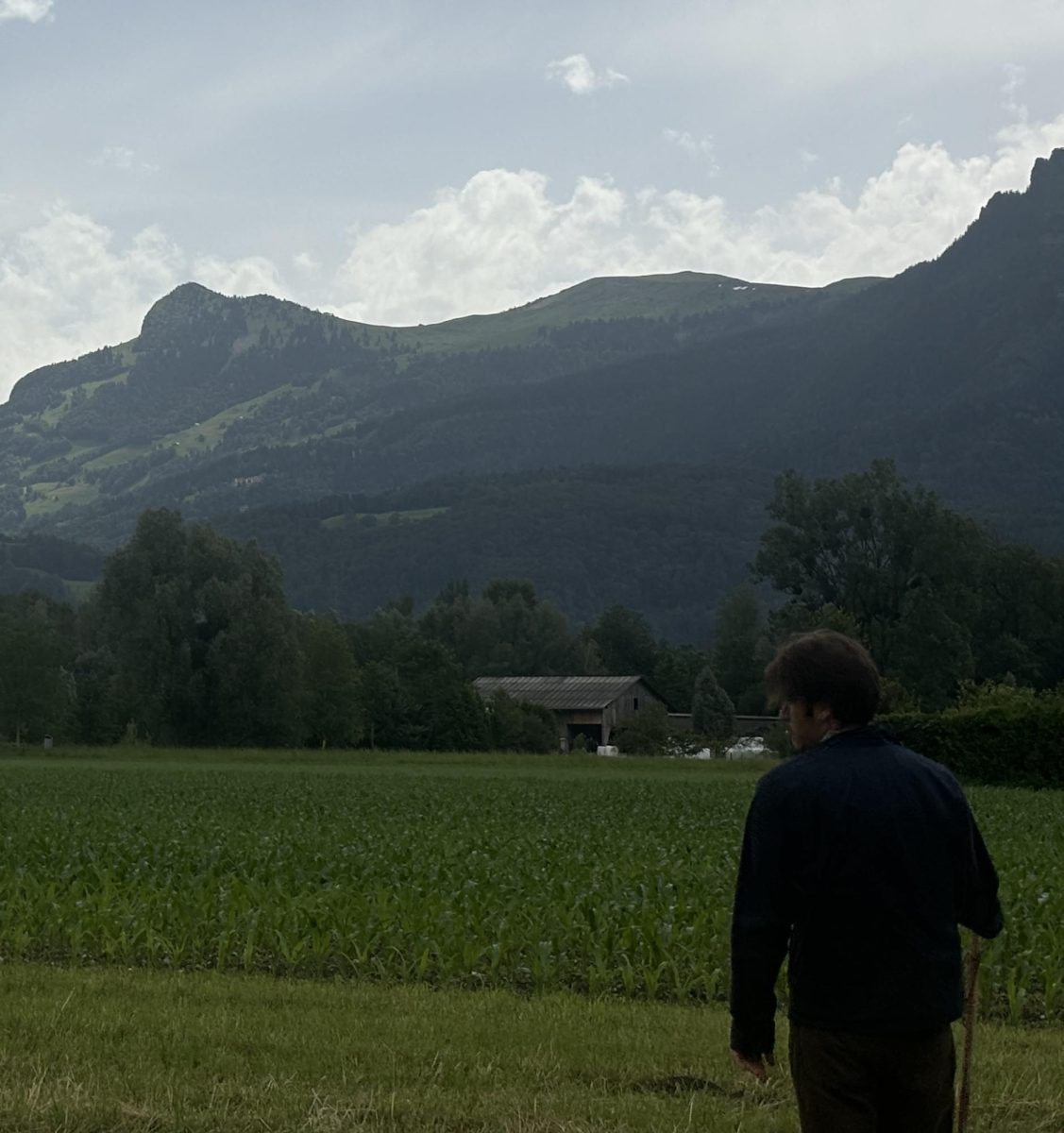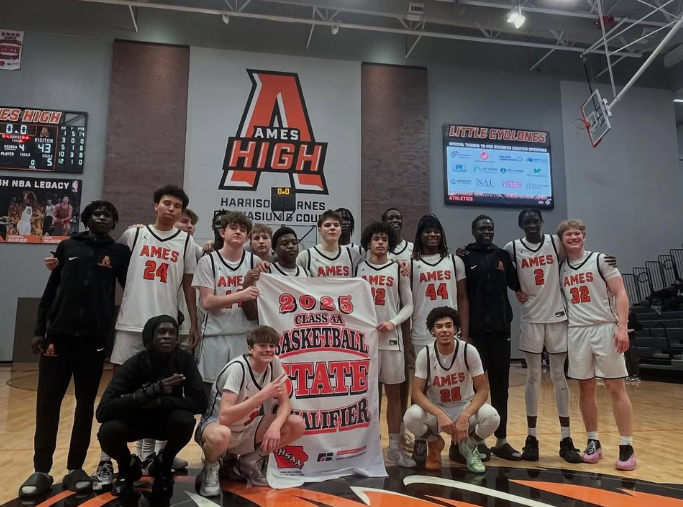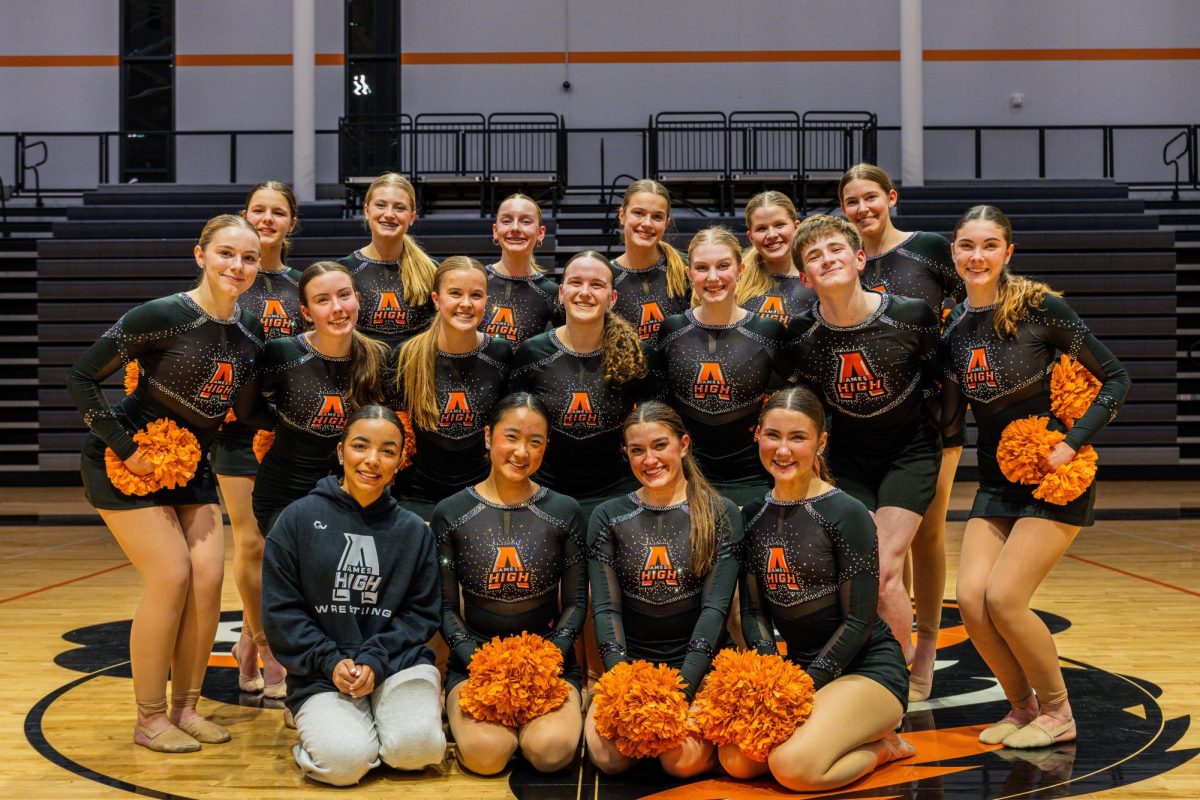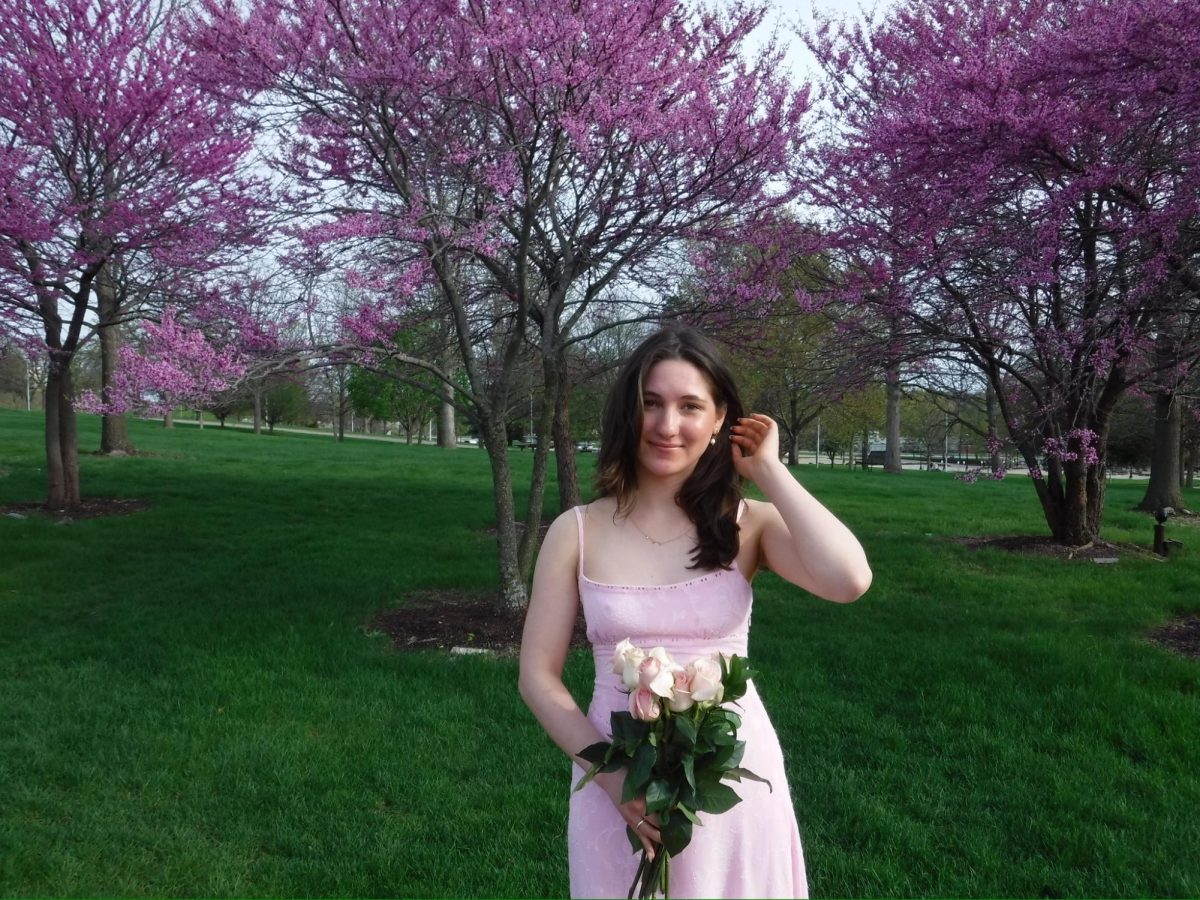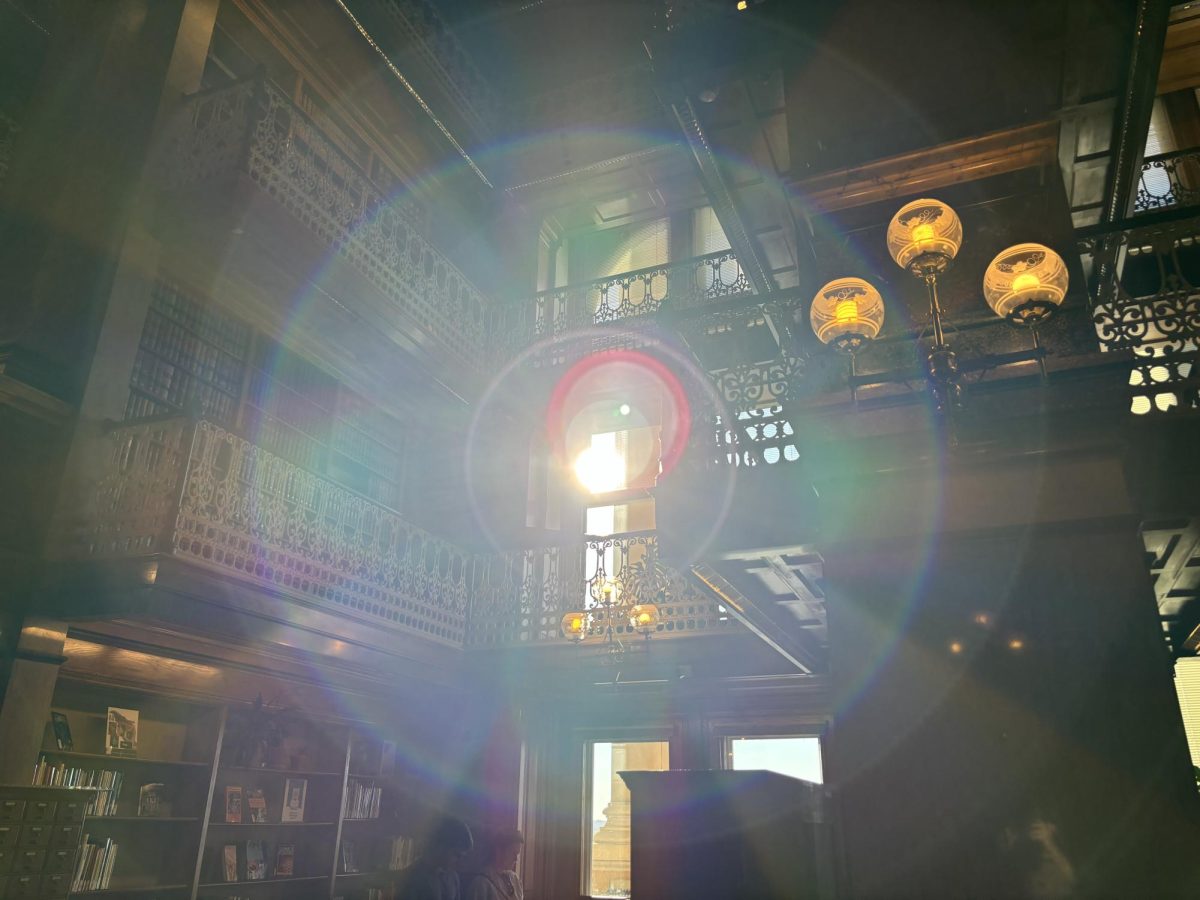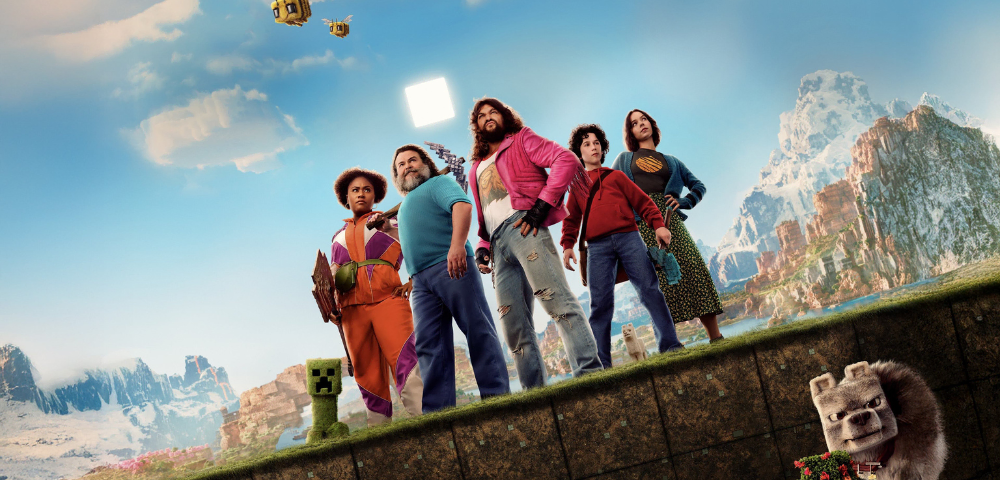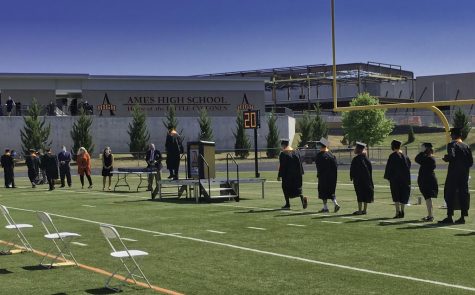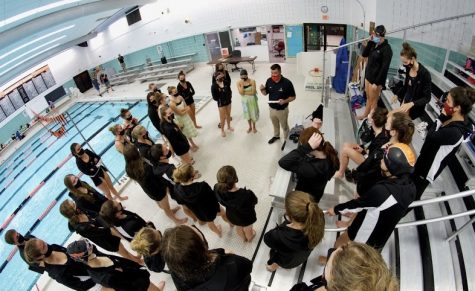Environmental science classes aim to make courtyard more sustainable
Anyone who has been in the courtyard this school year has probably noticed how different it looks as compared to last year.
Two brick walls and two sets of stairs now rest where a long, awkward hill used to stand, and there seem to be more plants planted every day. At a glance, one can see that the courtyard is changing, but many are unaware that this a project by Ames High environmental sciences class to make the courtyard more sustainable and environmentally friendly. This year, Mr. Todd’s environmental sciences added to their curriculum a completely unique and hands-on project that allows students to redesign the courtyard in order to make it completely eco-friendly.
“Our goal overall is to put in plants that come from around here and are not invasive species so that the courtyard can be more sustainable, and to make the courtyard an enjoyable place for everyone,” junior Kentrell Killins said. “It’s not going to be done soon though. It’s going to be a long process that will take several years,” Killins continued.
The plan is that environmental science classes for at least the next few years will work on re-planning the courtyard. So far the students are on what they call the “first stage” which consists mostly of planning and removing grass in order to plant native species.
“We’ve cleared weeds and aired the soil. Now we’re planting and clearing out grass on the bottom of the brick ledge,” junior Hannah Woolery said. “We’ve done a lot planting,” she continued with a smile. Along with making the courtyard more sustainable and full of native Iowa plants, the students have also planned a special memorial for former Ames High teacher Dennis Cullinan. “We’ve made a plan for what we call ‘Cullinan’s Corner’ where we want to plant mostly yellow flowers to honor him,” said senior Alexis Pile.
“We want Cullinan’s Corner to look nice and to be a place that people can come to and enjoy,” Woolery added on. Mr. Todd emphasizes that adding this project to the environmental science curriculum and making it student-driven allows students not only to learn, but to also gain practical experience that can be used after they graduate. “It’s really nice when a student can say in later in life, “I learned a lot things, and I learned them deeper by applying them to a real situation that’s for the greater good,” Mr. Todd said. “How nice it is when you’re applying for a job and you can say, ‘I helped plan a courtyard. I didn’t just pass classes, I did something as well.'”
Your donation will support the student journalists of Ames High School, and Iowa needs student journalists. Your contribution will allow us to cover our annual website hosting costs.

